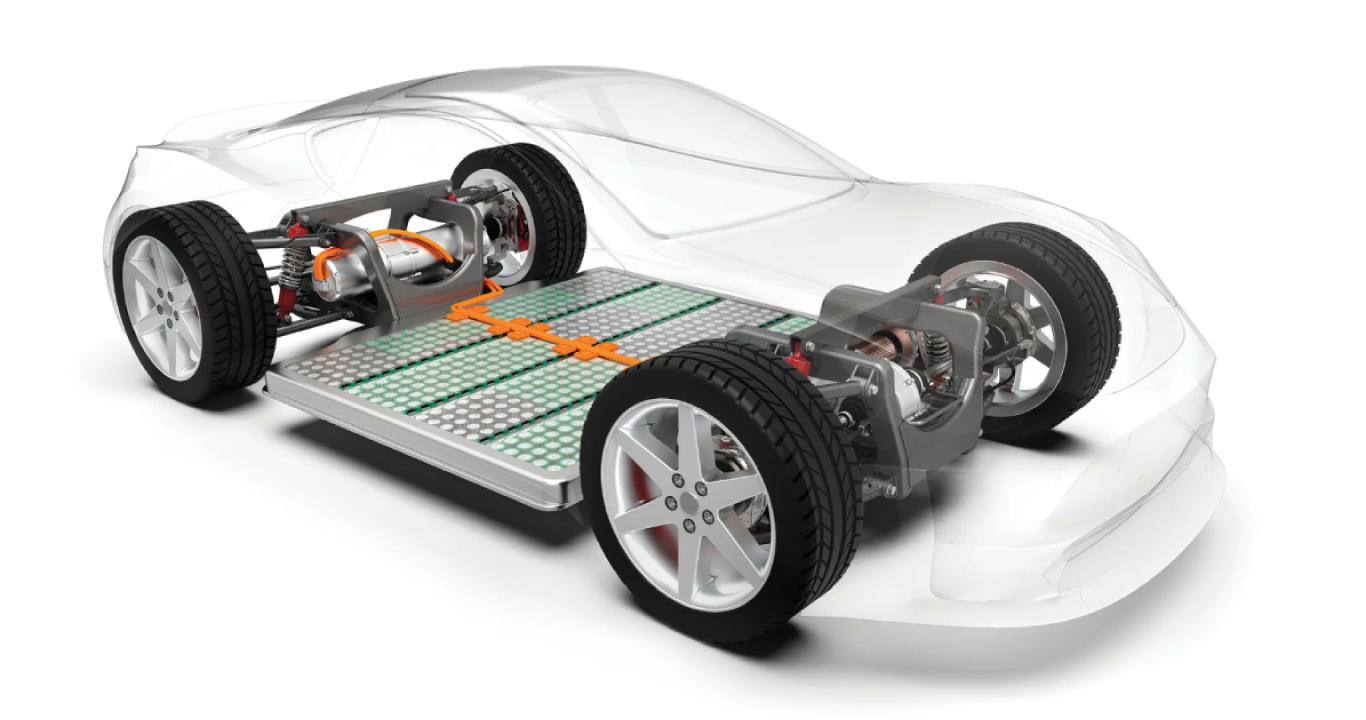
The FMCG manufacturing cycle – for products including processed food, beverages, dry goods, cosmetics, toiletries and prepared food – starts from raw materials and ends with the finished product, followed by despatch. To ensure minimum contamination, uniform quality and hygiene, touch-free manufacturing is resorted to. While automation using conveyors, silos and batching is used, robotics also has an important role to play in the process.
Processed Food
Processed food items such as chocolates, biscuits and different types of bread have turned to robotics to improve efficiency. Handling such items requires specialised robots with food-grade EOATs. Operations such as weighing of raw powders and scoring have also benefited from robotics. For pick and place prior to packing in appropriate packets also the robots need food-grade EOATs to handle these items, and vision systems to identify based on size and shape. These robots also help to pick and place raw produce such as fruits and veggies for sauces and jams, as also in cutting meat slices.
Beverages
Items such as smoothies, coffee, tea, juices and shakes use programmable robots for mixing the right proportions of fruits, bean grades or tea grades. Food grade robots are used for processing the raw items. For bottled beverages, vision sensors are used to ensure optimum filling.
Cosmetics
Cosmetics such as eyeliner, nail polish and face powder need different types of cobots to fill the soft containers optimally. Also, the vast colour palette of nail polish calls for more advanced vision systems to help the cobots distinguish based on colours and sort accordingly. The face powder pack needs to be capped appropriately before being moved to the delivery conveyor.
Many brands have turned to robotics for research and development of future products. Hair-care products use Collaborative Robots with appropriate grippers to simulate different styles of combing with the associated application pressure.
Toiletries
Many personal grooming products such as shavers, assembled from different parts, are created using different manufacturing lines for each part. For efficient pick and place of the small components, each robot is accompanied by a vision system. The frequently changing customer requirements call for models to be changed often. The robots used to handle them are programmable so that the same robot can be used for other models with a simple change of program.
Prepared Food
We touch different surfaces, thereby gaining contact with unwanted and hidden bacteria and viruses. For pure food preparation, untouched by hands, cobots are being deployed. Equipped with appropriate End of Arm Tooling (EOATs), the cobots can be programmed for various recipes. With relevant ingredients available at predesignated places within the kitchen, these cobots go about preparing healthier food using the precise amount of ingredients as programmed for the recipe. The use of these robotic kitchens is gaining prevalence today.
Packing and Palletising

Packing and palletising is the most important stage in the supply chain of many FMCG products. Consumers today are overwhelmed by choice in this era of online shopping and these fast-moving products are often dictated by the ever-changing consumer demands resulting in short shelf-life. Robots help in the fast packing and palletising of the finished products leading to shorter goods-to-person times.
Touch free handling of finished goods for packing is handled by food-grade EOATs fitted on the robots to ensure zero contamination. Palletising is handled by robots ensuring optimum quantity of goods in each carton. Pick and place is an important task in the packing and palletising process, needing accurate and quick storage and picking from appropriate bins in the warehouse. Robots have transformed the packing and palletising of FMCG in tune with the times.
Take a look at this Robotic Palletising Guide from OnRobot.
Common tasks
Over and above the mentioned roles, robots in FMCG perform quality control, when used with vision sensors. These robots are dexterous, capable of soft handling, unlike their counterparts used in other industries. Besides, all these robots are programmable for quick adaptability with different types of goods, as is the norm in the FMCG industry.
MELSS has been providing various industrial automation and robotics solutions to different industry segments, collaborating with major brands such as Doosan Robotics and OnRobot.




